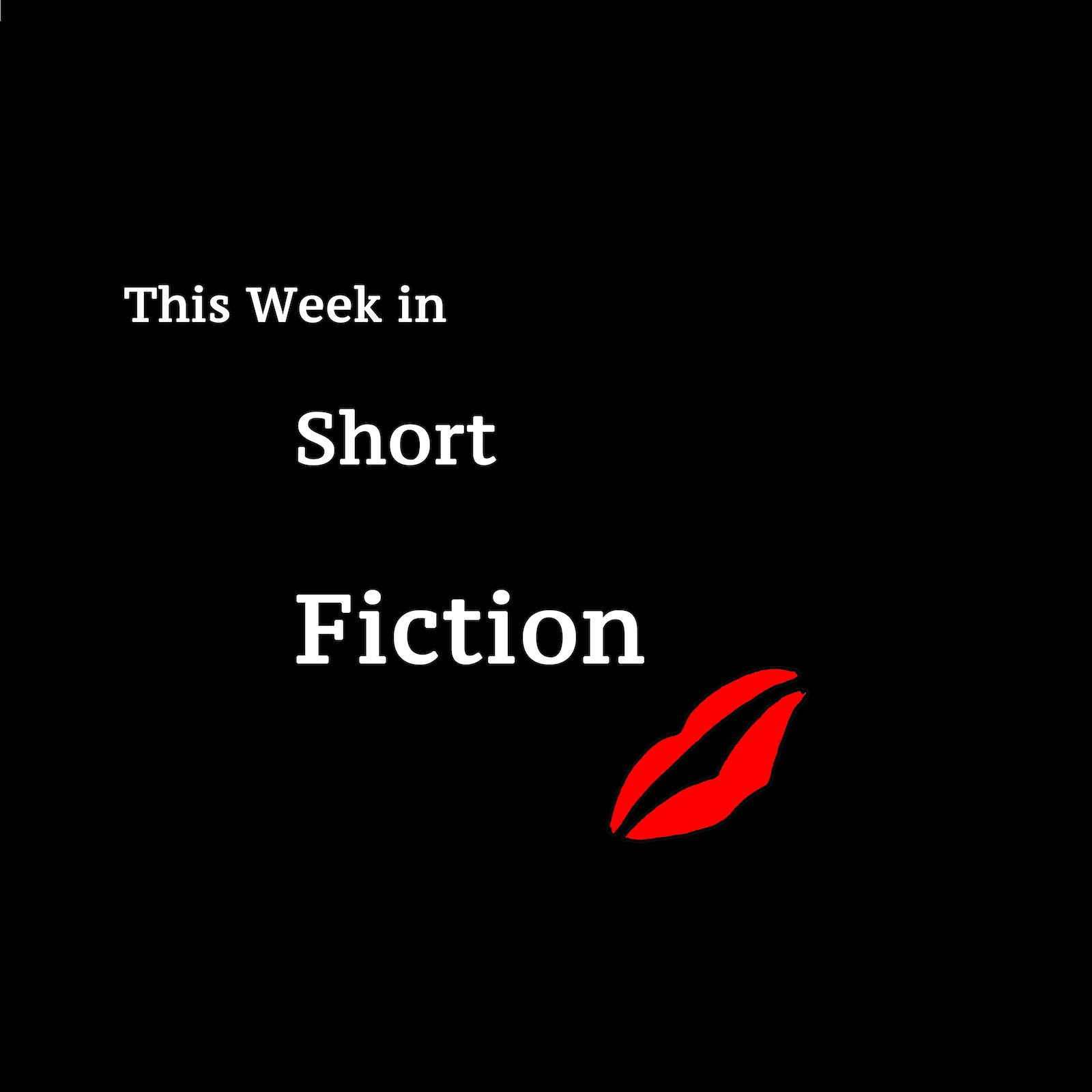For the rest of this month, Granta will be publishing the winners of the 2017 Commonwealth Short Story Prize, awarded to five writers from five regions of the globe, with the mission to connect storytellers across cultures through the power of fiction. This week’s featured winner is “Drawing Lessons” by Anushka Jasraj, from the Asia region. “Drawing Lessons” is a story of one Indian woman’s reckoning with her infertility, sexuality, and desire, set against the backdrop of a failing marriage, a story of the ways the body betrays and surprises.
My husband has a mole on his left eyelid that looks like smudged kajal. Moles signify different things depending on the body part. I have one above my belly button, and I’m told it’s a sign of fertility, but this has proven untrue. A mole on or around the eyes could mean domestic trouble or bad luck with finances, my astrologer Mr Nayar informs me. He wants a photograph of my husband’s mole, since my husband works all day, and could not accompany me for this consultation.
“Drawing Lessons” opens with our protagonist, Moira (a name she begrudges her parents, wishing for a “sweet, normal, Indian name”), consulting with an astrologer about her marriage, a common practice on the Indian subcontinent, especially with regards to arranged marriages. Moira’s marriage, however, was a love marriage, and she hasn’t had the occasion to meet with astrologers many times before. One gets the idea that her love marriage may not be such any longer, and these visits to the astrologer are an attempt to find guidance, or reason, for her current marital struggles. In the story’s first sentences, Jasraj skillfully divulges Moira’s infertility, her husband’s distance, and her sense of fatigue and ennui bordering on depression. She’s looking for something to make her believe in her marriage again, even while she has largely given up on it. When her husband Karun routinely doesn’t come home after work, claiming working late or business drinks, and crawls in bed at 5 a.m., Moira says nothing.
A question I know the answer to is also a question harbouring an accusation. I play out the fight in my head, realize it would end with me placating him, and without any words having passed between us, I don’t ask the question. Instead, I find myself being nicer to Karun at breakfast—placing a kiss on his neck, which he doesn’t acknowledge. In this way, our marriage is two separate marriages. The one inside my head, filled with words and passion, and the one I confront in Karun’s presence.
Moira seems to be simply existing, going through her daily routine, resigned to the state of her marriage and childlessness. The only thing she looks forward to is her twice-weekly drawing lessons with an older woman in her sixties named Flora, who comes to Moira’s house with her art supplies and teaches her about form and shadow and color. Aside from her time with Flora, “the rest of the day is blurred, boring and without texture.” She sketches Flora’s face, focusing on her lips. She leans toward Flora as they look at Kokoschka portraits, inhaling her smell of talcum powder.
There is a sensuality, intimacy, and heightened awareness in these scenes with Flora that is lacking in any of Moira’s interactions with her husband, in the present moment or in flashback to the hopeful beginnings of their relationship. Moira is conscious of these feelings, of her desire for Flora, but she can’t conceptualize acting on them or what it might mean for her marriage. She imagines what her sister would say: “Focus on making children instead of unmaking your marriage.” Moira is caught in a culture that still champions traditional family-building over individual desire. She’s stuck between the truth of her sexuality and the fear of losing her marriage and her possibility of being a mother.
I try reading a book about how nutrition affects thyroid and fertility, but my mind wanders, and I play a game of Would You Rather. I already know all the answers. Be betrayed by my own body or my husband’s body? Lose an appendage or lose my marriage? Suffer or tell the truth about my desires? Die at the age of fifty or never experience childbirth?
In “Drawing Lessons,” Jasraj’s understated and elegant prose explores female sexuality outside the bounds of heteronormative, ableist, and youth-centric society, depicting how the body can be both sexual and scarred. Its story will resonate across cultures and connect with any woman who has felt betrayed or confused by her body, felt like she couldn’t make herself fit into the mold expected of her, and also any woman who has then discovered the full vibrancy and beauty and possibility of that same body, in all its imperfections and passions. “Drawing Lessons” is well worth the read, and keep an eye out for the other winners of the Commonwealth Short Story Prize forthcoming at Granta this month.
***
Logo art by Max Winter.




